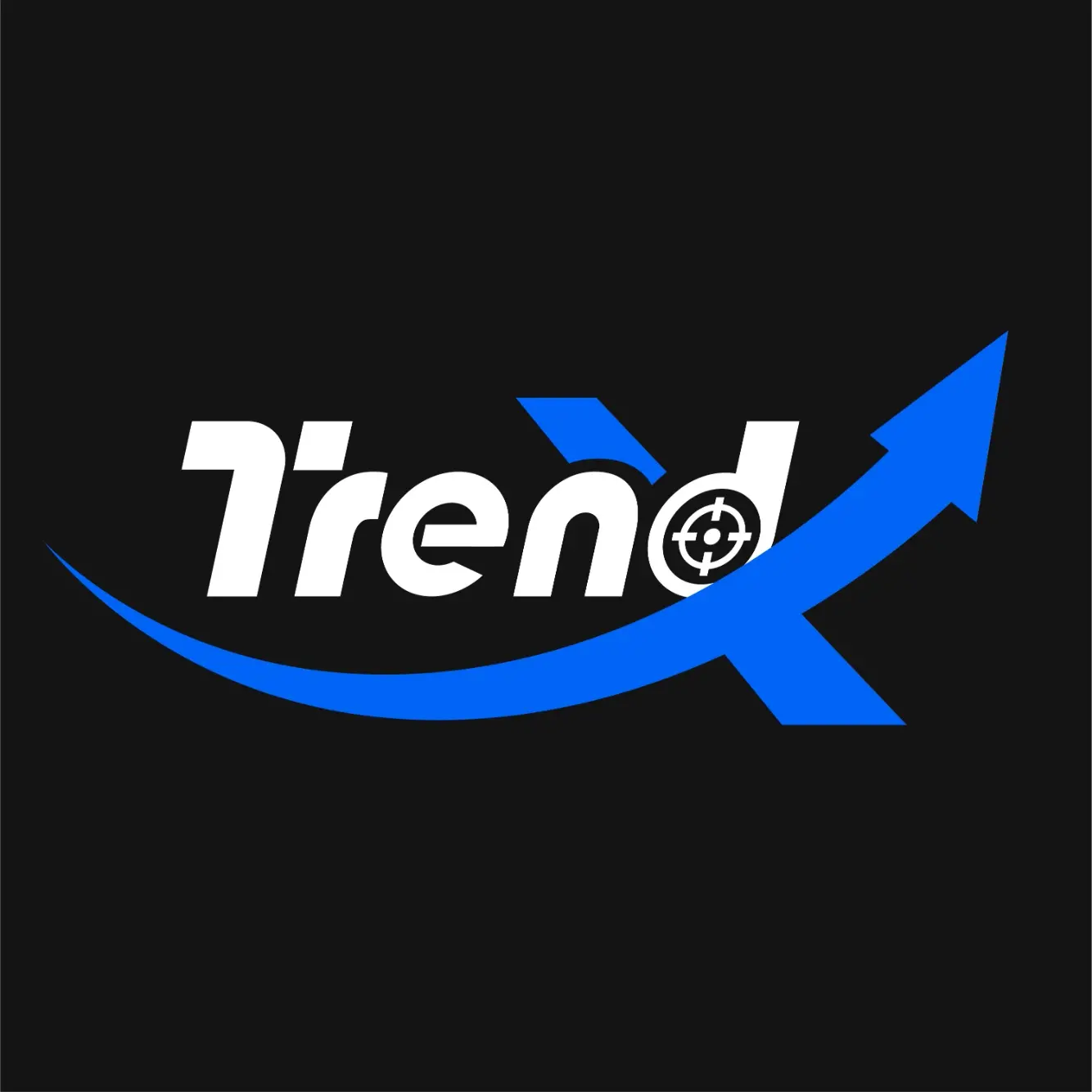veDAO Research Institute: 15th Anniversary of Bitcoin White Paper Release, Overview of Ordinals Ecosystem Trends
Author: veDAO Research Institute
Fifteen years ago yesterday, Satoshi Nakamoto published the Bitcoin white paper "Bitcoin: A Peer-to-Peer Electronic Cash System," marking the beginning of a new chapter in the information age.
Fifteen years later today, driven by expectations of a BTC spot ETF, BTC has experienced a dramatic surge. In less than two days, it rose from under $30,000 to $35,000, and the current price remains above $34,000. On the other hand, Bitcoin miners are highly enthusiastic, with mining difficulty reaching a new all-time high.

Meanwhile, the Bitcoin Layer 2 ecosystem continues to develop. As one of the Layer 2 networks for BTC, the Ordinals ecosystem is worth paying attention to as projects and tokens within this sector benefit from the BTC-led upward trend.
Ordinals (ORDI)
Ordinals Inscriptions
Ordinals (ORDI) is the leading coin in the BTC Layer 2 ecosystem and the creator of the Ordinals ecosystem.
The Ordinals protocol is a method for creating cryptographic asset content on the Bitcoin blockchain, launched by Casey Rodarmor in January 2023. It allows data to be recorded on the smallest unit of Bitcoin, satoshi, and this data is referred to as inscriptions, similar to NFTs.
The act of creating inscriptions on the Bitcoin network is called "inscribing," and the inscriptions themselves are referred to as "inscriptions."
BRC-20 Protocol
Based on Ordinals inscriptions, a unified protocol standard is established, written in JSON data format, and then inscribed onto the Bitcoin network, allowing for the issuance of fungible tokens. This JSON-formatted inscription is the BRC-20 protocol, and the fungible tokens issued in this way are BRC-20 tokens.
In the JSON, the total supply of the token, as well as the actions of deployment, issuance, and transfer, can be specified.
The first part, deploy, indicates the issuance of a token named ordi, with a total supply of 21 million.

The second part, mint, indicates the minting process, allowing a maximum of 1,000 tokens to be minted at a time.

The third part, transfer, refers to the act of transferring.

Ordinals Wallet
In addition to the inscription protocol, Ordinals has also developed a native wallet called Ordinals Wallet. Similar to Ethereum wallets, Ordinals Wallet is a non-custodial BTC wallet that allows users to view and store BTC and Ordinals NFTs.
The ORDI token was deployed on March 8, 2023, with a total supply of 21 million. The historical highest price of ORDI reached $25. The total market capitalization of ORDI is $107 million, ranking 260th among all cryptocurrencies.
Recently, with the rise of BTC, ORDI, as the leader of the Ordinals ecosystem, has performed well, with an increase of about 47% in October.
UniSat
UniSat is a lightweight wallet based on the Bitcoin network that supports the Ordinals protocol and BRC-20 token standard. As of the writing of this article, UniSat Wallet has over 300,000 users.

UniSat not only offers wallet products but also includes major functions such as:
Supporting users in creating, minting, and trading NFTs and tokens on the Bitcoin blockchain.
Allowing users to search for various information within the text content of inscriptions, including text.bitmpa.sats\unisat\brc-20\number\news.
Displaying a complete list of BRC-20 tokens, including deployment time, holder data, and transaction volume. Users can check their BRC-20 balance by address.
Supporting a trading market for BRC-20 tokens and collectibles.
Ordiscan
Ordiscan is an ordinal block explorer that supports data for inscriptions, BRC-20 assets, and collectibles. Ordiscan has also launched API tools for developers, with the Ordiscan API currently in testing.
According to Ordiscan, the total number of inscriptions is 35.714 million, with a total storage size of 13.4GB, generating a total miner fee of 1,318 BTC.

BRC-20 Tokens
According to BRC-20.io data, there are currently 213 types of BRC-20 tokens, with a total market capitalization close to $12.9 billion. Let's take a look at some popular BRC-20 tokens based on their performance data.
SATS
SATS is currently the most sought-after and active BRC-20 token in the market, with over 36,000 holder addresses and more than 21 million transactions, far exceeding other BRC-20 tokens.

The total supply of SATS is 2,100,000,000,000,000, with a historical highest price exceeding $0.00000003, and the current price is around $0.000000027, with an increase of 132% in October.
On September 28, UniSat launched BRC20-Swap and explained the rationale for using SATS as gas.

Three CEXs, Poloniex, BingX, and Bibox, have listed the SATS/USDT trading pair. SATS saw a 107% increase in October.
VMPX
VMPX has the second-highest ecosystem activity after SATS, but its transaction volume is much lower than that of SATS, and it has relatively fewer holders.
The total supply of VMPX is 108,624,000, with a historical highest price exceeding $0.37, and the current price is $0.031. VMPX was quite popular from May to July 2023.

As an earlier BRC-20 token, VMPX has been listed on many CEXs, including Gate, Poloniex, Bitget, MEXC, and others. VMPX has decreased by nearly 30% in October.
OXBT
OXBT is also a relatively active BRC-20 token, ranking fourth in transaction volume and third in the number of holders.
The total supply of OXBT is 200,000,000, with a historical highest price of about $0.26, and the current price is around $0.012.
OXBT has been listed on two CEXs—AscendEX (formerly BitMax) and BitForex, and it has decreased by about 15% in October.
Controversy
Collectibles stored in the Bitcoin network through inscriptions have stronger collectible value. However, there is currently some controversy regarding the significance and prospects of BRC-20. Proponents of BRC-20 believe that it has a positive significance for the Bitcoin network and ecosystem.
On the other hand, criticisms of BRC-20 include the following: First, SlowMist Technology points out that there may be security risks from minting BRC-20 tokens to trading. During the minting process, the security of the relevant BRC-20 minting platform is questionable, with relatively weak defenses that can easily be maliciously attacked to alter code, leading to asset theft during the minting of tokens. In terms of trading methods, SlowMist Technology believes that both methods have security issues. One is to privately find a third party for transaction guarantees, which can easily lead to scams and counterfeit tokens; the other is to place orders on specialized trading platforms, but the security of these trading platforms cannot be guaranteed.
Second, the viewpoint represented by Haotian argues that BRC-20 violates the principle of decentralization. This is because BRC-20 essentially stores transactions through inscriptions. For example, if I have 10 ORDI and I transfer 10 ORDI to Zhang San, I would write this action as an inscription. However, Li Si could also write an inscription claiming that I transferred 10 ORDI to him. These two inscriptions would conflict because I only have 10 ORDI in total. In this case, a centralized platform may be needed to determine which inscription is valid. If a small miner does not provide enough miner fees, they may be outbid by larger holders offering higher fees, introducing an element of unfairness.
On October 22, the NFT trading market Magic Eden announced the suspension of BRC-20 trading because users on the X platform indicated that there was a risk of double spending due to recent order issues. Currently, different markets are using different versions of ord, indexing different inscription numbers. There is a risk of double spending in trading BRC-20 until Magic Eden, OKX, and UniSat Wallet use the same ordinal.

Ordinals Protocol Upgrade
On October 24, Ordinals creator Casey Rodarmor merged the v0.10.0 update into the Ordinals code. According to research from Block Rhythm, the important features of this update include: batch inscribing, adding metadata, inscription number endpoints, and remote inscribing commands.
In batch inscribing, multiple inscriptions can be placed in the same input at once, specifying the position of the inscriptions in the output. Adding metadata allows users to include meta-protocols in inscriptions, attaching any type of information and helping indexers distinguish between different types of protocols. The inscription number endpoint allows visitors to access inscriptions by number in the URL. The remote inscribing command inscribes assets onto ordinals and sends the corresponding NFTs to a remote address for inscribing.
BRC20-SWAP Testing
According to the official UniSat Twitter, BRC20-SWAP began testing today. Currently, only whitelisted addresses can participate in the testing. The tokens launched in the first phase of BRC20-SWAP are as follows:

Conclusion
As the BTC Layer 2 network ecosystem, the Ordinals ecosystem has successfully realized the issuance of collectibles and fungible tokens within the Bitcoin ecosystem, endowing them with unique real-world value. More importantly, the issuance, circulation, and trading of these collectibles and fungible tokens further enhance the demand for BTC, bringing more opportunities to BTC miners and benefiting the overall value of BTC.
However, most of the BRC-20 tokens in the Ordinals ecosystem currently lack practical applications and sufficiently developed use cases.
Among them, ORDI, as the creator of the Ordinals protocol, holds certain real significance and market recognition. SATS, as the trading gas for UniSat's BRC20-SWAP, has a certain practical demand. With the strengthening of global consensus on Bitcoin, the continuous development of the Ordinals protocol, and the upcoming launch of BRC20-SWAP, the Ordinals ecosystem as a Bitcoin Layer 2 network may be worth continued attention and observation.










